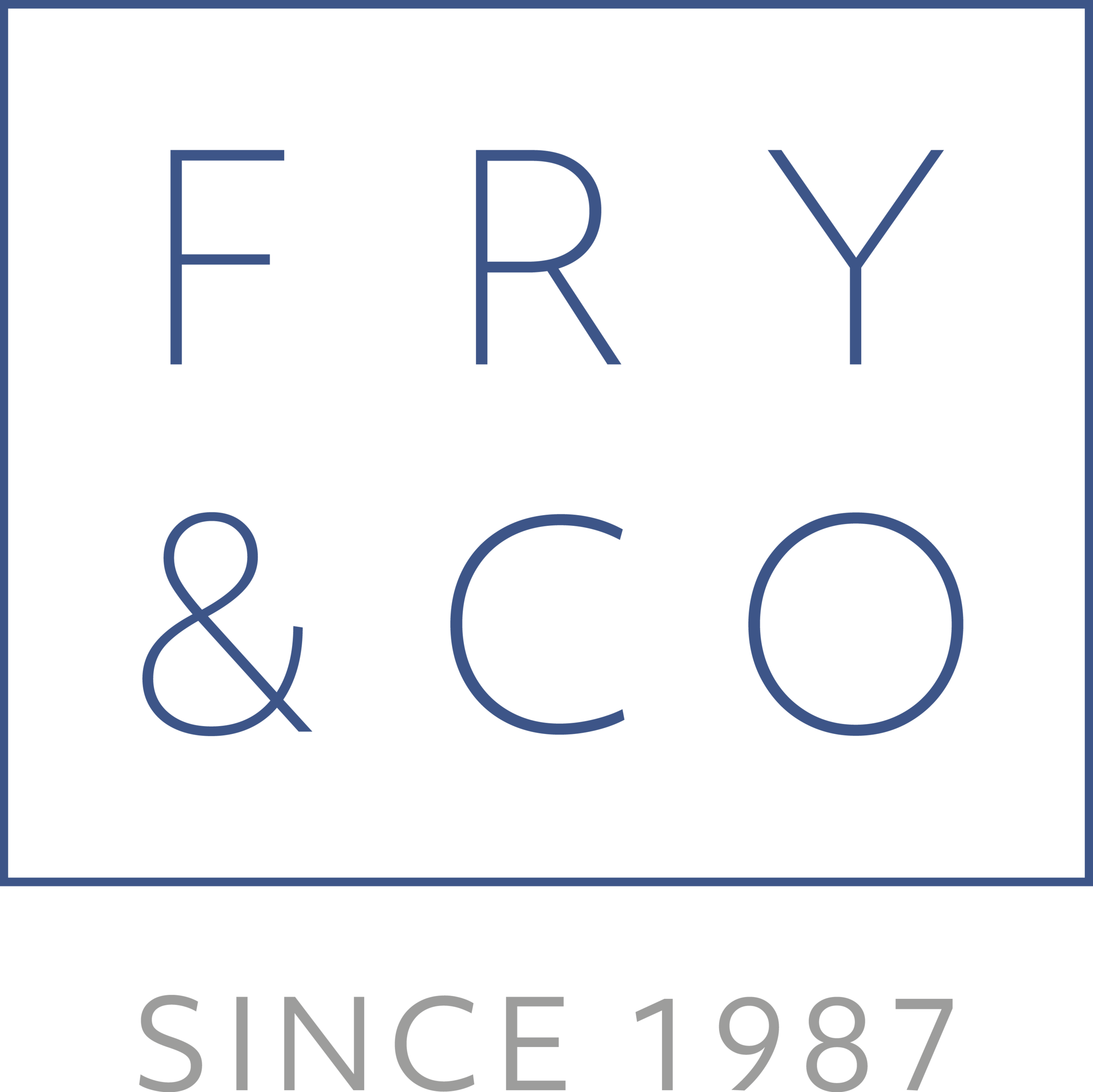Fry99.com Safety: Check Spelling & Find Store Layout!
Ever wondered about the silent sentinels guarding our online experiences? In a digital age rife with potential pitfalls, understanding website safety is paramount.
Navigating the vast expanse of the internet can feel like traversing a minefield. One wrong click, one ill-advised entry of personal information, and you could find yourself facing a barrage of spam, phishing attempts, or even more severe consequences like identity theft. The digital landscape is constantly evolving, with new threats emerging daily. That's why it's more important than ever to equip ourselves with the knowledge and tools to discern safe online environments from potentially harmful ones. The phrases "We did not find results for:" and "Check spelling or type a new query" often signal a dead end in your search, a moment to pause and re-evaluate your approach. Are you sure you're on the right track? Are you sure the website you're aiming for actually exists? These seemingly simple messages are crucial indicators in the broader context of online safety.
Consider, for example, the scenario where you're searching for a specific product or piece of information. You type your query into a search engine, hit enter, and are met with the frustrating message: "We did not find results for: [your query]." This could mean a few things. Perhaps you've misspelled your query, hence the suggestion to "Check spelling or type a new query." However, it could also mean that the specific product or information you're seeking is not available on the indexed web. This is where your critical thinking skills come into play. Do you need to broaden your search terms? Do you need to try a different search engine? Or, perhaps, do you need to question the legitimacy of the initial source that led you to believe this product or information existed in the first place? In essence, these error messages serve as a first line of defense, prompting you to be more vigilant and discerning in your online journey. They force you to actively engage with the search process, rather than blindly accepting the results (or lack thereof) at face value.
- Vegamovies In Hindi Movie Your Ultimate Destination For Bollywood Thrills
- Filmyfly Bollywood Hindi Dubbed Your Ultimate Guide To Hindi Dubbed Movies
But beyond the initial search query, how do we assess the overall safety of a website we encounter? This is where factors like security records, domain inspection, and technical and server analysis come into play. Services like those that provide safety scores exemplified by the hypothetical "Fry99.com is a safe website!" and "Fry99.com has a safety score of 100 out of 100" aim to aggregate this complex data into an easily digestible format. These scores are not arbitrary; they are typically based on a rigorous assessment of various security parameters. Past security records offer a historical perspective on the website's vulnerability to attacks and its track record in addressing security breaches. Domain inspection involves scrutinizing the website's registration information, ownership details, and overall credibility. Technical and server analysis delves into the underlying infrastructure of the website, examining its security protocols, server configurations, and susceptibility to exploits. A high safety score, therefore, suggests that the website has consistently demonstrated a commitment to security and has implemented robust measures to protect its users.
However, it's crucial to remember that no security score is foolproof. Even a website with a seemingly perfect score can be vulnerable to unforeseen attacks or emerging threats. Think of it like a car safety rating. A car might receive a top score in crash tests, but that doesn't guarantee your safety in every conceivable accident scenario. Similarly, a high website safety score should be viewed as an indicator of good security practices, but not as an absolute guarantee of safety. Ultimately, your own vigilance and critical thinking remain your strongest defenses. Always be wary of suspicious links, unsolicited emails, and requests for personal information. Double-check the website's URL to ensure it's legitimate, and be particularly cautious when entering sensitive data such as passwords or credit card numbers. Look for signs of a secure connection, such as the padlock icon in your browser's address bar and the "https" prefix in the URL.
Beyond the technical aspects of website safety, there are also practical considerations that can help protect you from potential harm. For example, the phrase "Get directions view store layout" suggests that you are interacting with a website associated with a physical store. This can be a reassuring sign, as legitimate businesses typically have a vested interest in maintaining a safe and reputable online presence. However, even in this case, it's important to exercise caution. Verify the store's address and contact information to ensure it's legitimate, and be wary of any requests for personal information that seem out of place. Scammers often impersonate legitimate businesses to trick unsuspecting users into revealing sensitive data. In these cases, you can use other applications like Google Street View, google Map to verify the store layout.
- Hdhub4u In Hollywood Your Ultimate Guide To The World Of Movies And Entertainment
- Filmyfly Xyz Pro The Ultimate Guide To Movie Streaming
Consider the implications of the message "Messages in this channel will be automatically deleted after 1 week." This seemingly innocuous statement reveals a critical aspect of online communication and data security. Ephemeral messaging, as it's often called, is designed to enhance privacy by automatically deleting messages after a certain period. This can be a valuable tool for protecting sensitive information and reducing the risk of data breaches. However, it also has its limitations. While ephemeral messaging can prevent messages from being permanently stored on servers or devices, it doesn't necessarily prevent them from being intercepted or copied before they are deleted. Furthermore, it's important to be aware of the specific implementation of ephemeral messaging being used. Some platforms offer end-to-end encryption, which ensures that messages are only readable by the sender and recipient, even during transit. Others may offer less robust security measures. Ultimately, the effectiveness of ephemeral messaging depends on the specific technology being used and the security practices of the platform provider.
The seemingly simple act of navigating the internet involves a complex interplay of technical security measures, user vigilance, and an understanding of the underlying dynamics of online communication. The phrases "We did not find results for:", "Check spelling or type a new query," "Get directions view store layout," "Fry99.com is a safe website!", "Fry99.com has a safety score of 100 out of 100," and "Messages in this channel will be automatically deleted after 1 week" may seem like disparate pieces of information, but they all contribute to the broader picture of online safety. By understanding the significance of these seemingly mundane details, we can become more informed and discerning users of the internet, better equipped to protect ourselves from the ever-present threats that lurk in the digital shadows.
Think about the implications of relying solely on safety scores. What if a malicious actor manages to temporarily manipulate the factors used to calculate the score? What if a new vulnerability is discovered that hasn't yet been factored into the rating system? In these cases, the safety score could provide a false sense of security, lulling users into a state of complacency. That's why it's so important to cultivate a healthy skepticism and to rely on a multi-layered approach to online security. Don't just blindly trust the safety score; instead, use it as one data point among many, and always prioritize your own critical thinking and common sense.
Consider the "Get directions view store layout" prompt. While it can be a helpful feature for navigating to a physical store, it can also be exploited by scammers. Imagine a scenario where a fake website impersonates a legitimate business and uses a slightly modified version of the store's layout to trick users into believing they are on the real website. They might even offer fake promotions or discounts to lure in unsuspecting victims. By the time the user realizes they've been scammed, it may be too late. Their personal information could be compromised, or they could have already made a fraudulent purchase. Therefore, it's crucial to verify the authenticity of the website before interacting with it, even if it seems to be associated with a legitimate business.
Ultimately, online safety is not a passive endeavor; it's an active and ongoing process. It requires a constant vigilance, a willingness to question assumptions, and a commitment to staying informed about the latest threats and security measures. By embracing this mindset, we can navigate the digital landscape with greater confidence and protect ourselves from the myriad of risks that lie in wait.
The digital world is not inherently safe or unsafe; it is a reflection of the people who inhabit it. By promoting a culture of online safety and educating others about the importance of responsible online behavior, we can create a more secure and trustworthy digital environment for everyone.
- Stop Movierulz Alternatives Your Ultimate Guide To Latest Movie Updates In 2025
- Ullu Web Series Latest Your Ultimate Guide To The Hottest Shows

Ultimate Guide To Fry 99 Everything You Need To Know

Unlock The Secrets Of Fry 99 Your Ultimate Guide To Success

Fry 99 Your Ultimate Guide To Everything You Need To Know